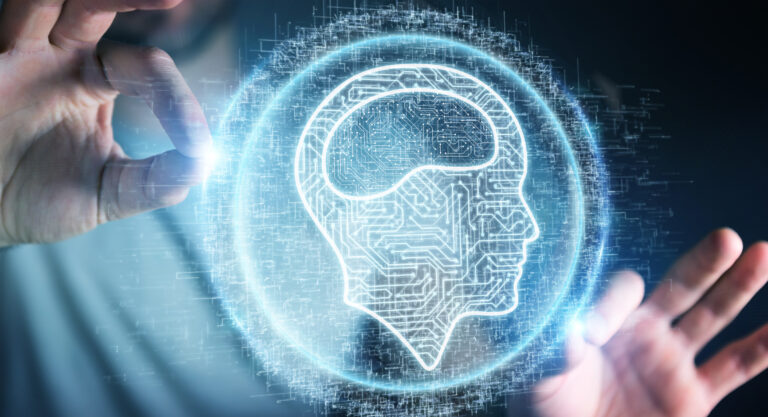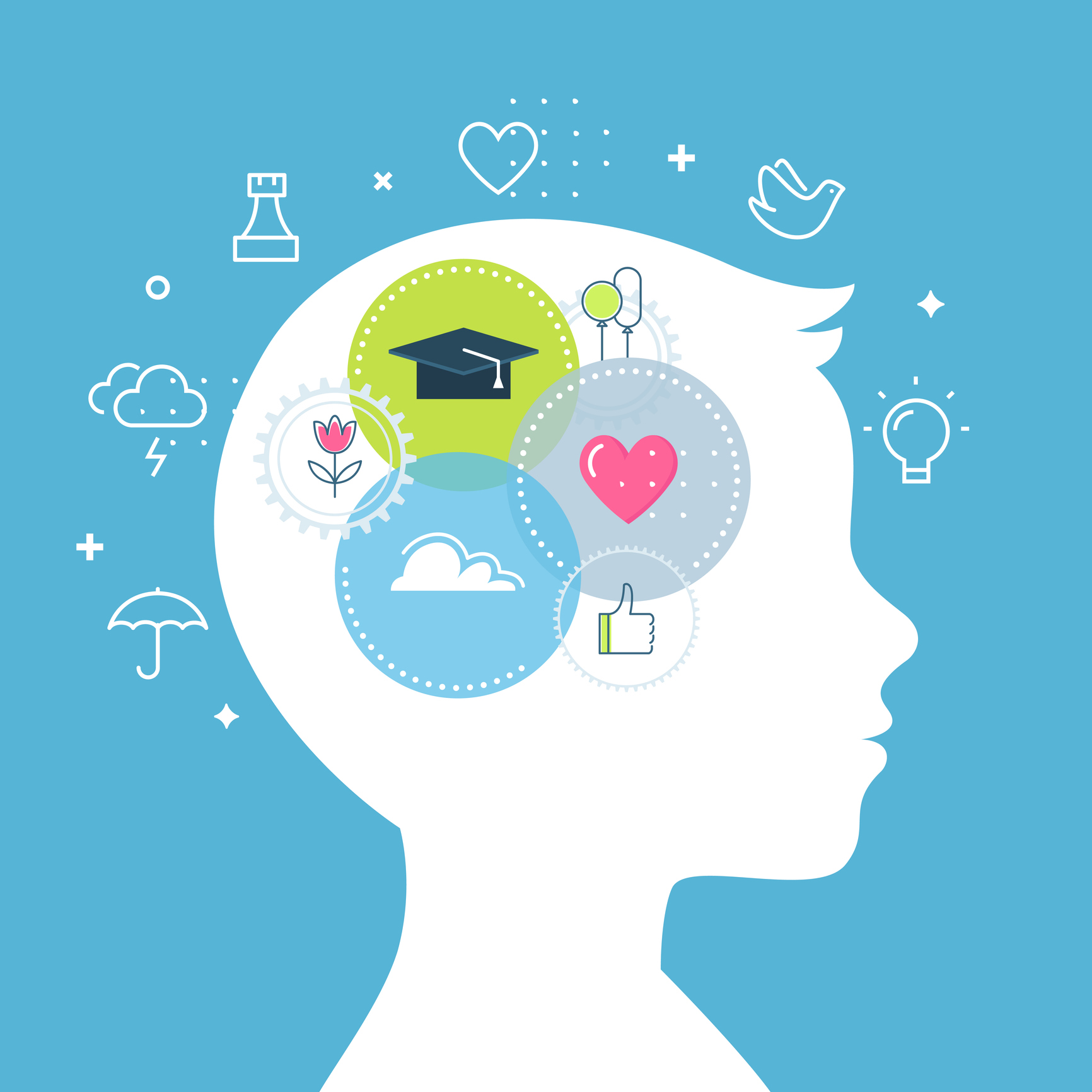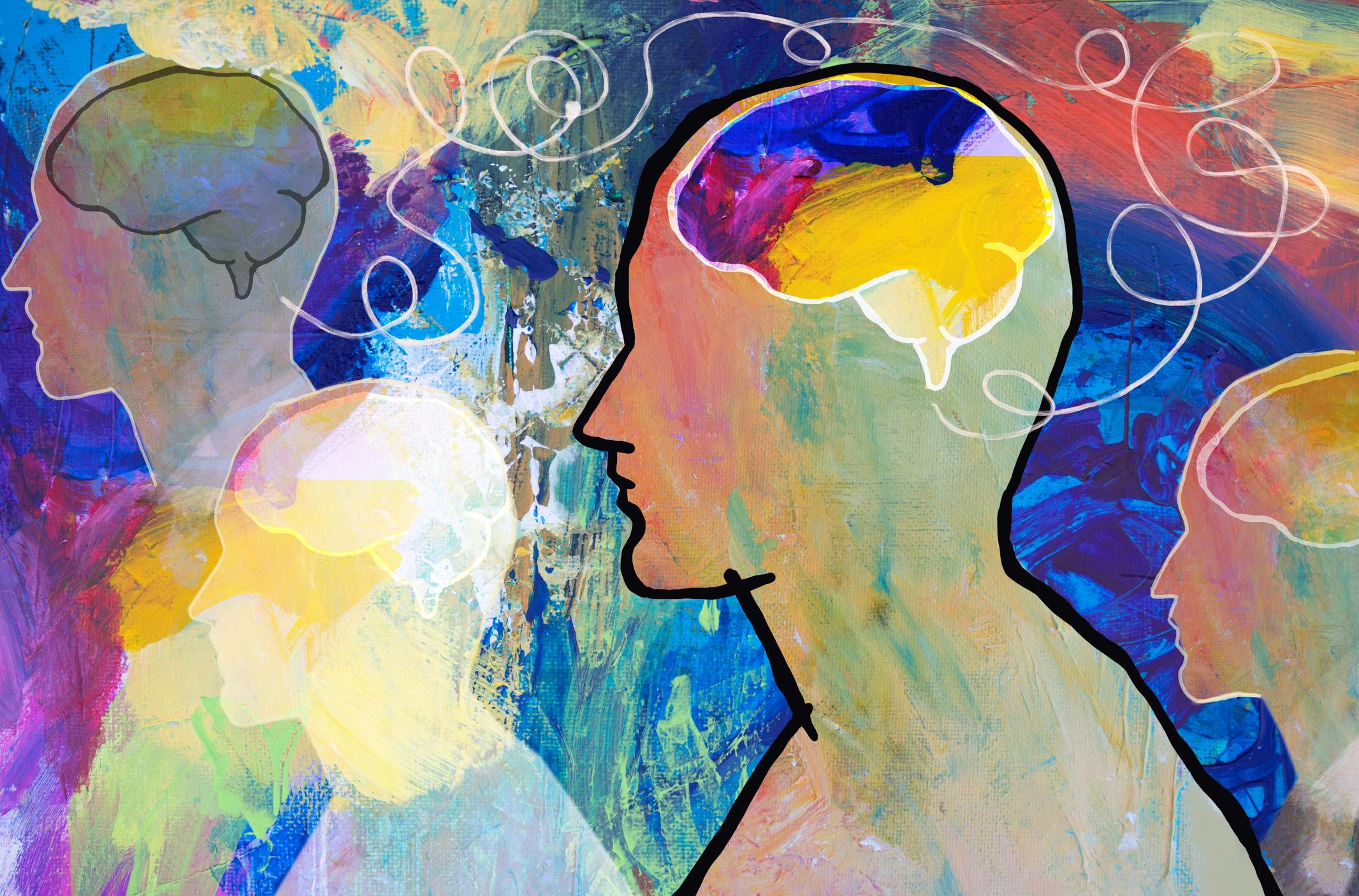The human brain is the most complex computer ever created. The neural pathways upon which information is transmitted are intricate, delicate, quick and complicated.
A mental process occurs when a learner is ready to learn. Through a conscious process of the cerebral cortex, the brain is “switched on” to be in the best condition for the successful transfer of learning.
It is the function of instructors and teachers to support a brain that is in active learning mode by challenging their minds to understand and absorb new concepts. This relationship is a two-way street – students need to be in the mental state to learn, and teachers must be able to provide instruction and materials which will reward the activated brain of the student.
Educators need to understand the role they play in massaging the activated brain.
Let’s take a quick walk through the brain to see how it is activated to prepare to learn.
Brain parts
There are many ways to linguistically dissect the functions of the brain. One way is to separate brain functions into the limbic system and the prefrontal cortex. The limbic system is that which protects us from harm, the department of the brain which responds quickly and subconsciously to stimuli which might be considered dangerous. It is the part of the brain that makes you jump when you think you see something behind you and it turns out to just be your shadow.
The prefrontal cortex is not nearly as swift in its function, but it is conducting far more thoughtful processes. The prefrontal cortex conducts all emotional, logical, social and technical thought. It takes much longer (comparatively) to activate than the limbic system, and the process of activating the prefrontal cortex can be negatively affected by the limbic system’s dangerous responses.
When the lights go on
Because activating the learning centre of the brain is a more conscious exercise, instructors must be prepared to provide impactful material for the activated brain to respond to. This supports, triggers and rewards the activation of the prefrontal cortex so that it maintains its level of activation.
As we all know, it is sometimes difficult to maintain conscious brain activation for learning, especially if we are tired, our learning environment is not conducive to the transfer of learning, and, most importantly, we are not “fed’’ materials to keep our brains activated.
The prefrontal cortex argues with Newton’s First Law of Motion, which states that a body in motion at a constant velocity stays in motion unless acted upon by an outside force. Employing the neural network necessary for learning is an exercise, and can be exhausting. It can also be easily distracted by those “outside forces”, such as sight or sound stimuli. Instructors must be prepared to battle with those outside forces by providing competing sight and sound stimuli of greater interest than what the outside world offers.
(There is also the additional component of emotional stimuli which can impact the transfer of learning. Dealing with students experiencing emotional stressors is an additional challenge for instructors. Well-planned and submersive instruction can assuage the emotional stress and allow learning to occur).
Exercising the brain
The brain is not a muscle. It is an organ which controls the muscles of the body. However, the parts of the brain that are involved in learning can be exercised the same way we exercise our muscles so that students grow accustomed to engaging their brains and maintaining focus throughout a properly prepared lesson.
By providing challenging and active lessons, instructors can reward an activated brain which in turn creates an impetus to “switch on” again when the student returns to the classroom. We exercise this function whenever we call upon ourselves to concentrate, but students can learn to turn on their brain’s learning functions through the repeated exercise of that very function.
As an instructor, you recognize those times when you sense you are getting through to your students. Note the conditions under which that occurred, and repeat the stimuli involved in that successful learning session. Students will understand the concept of activating their brain (something we might have called “flipping on” years ago, but today might be referred to as “powering on”).







